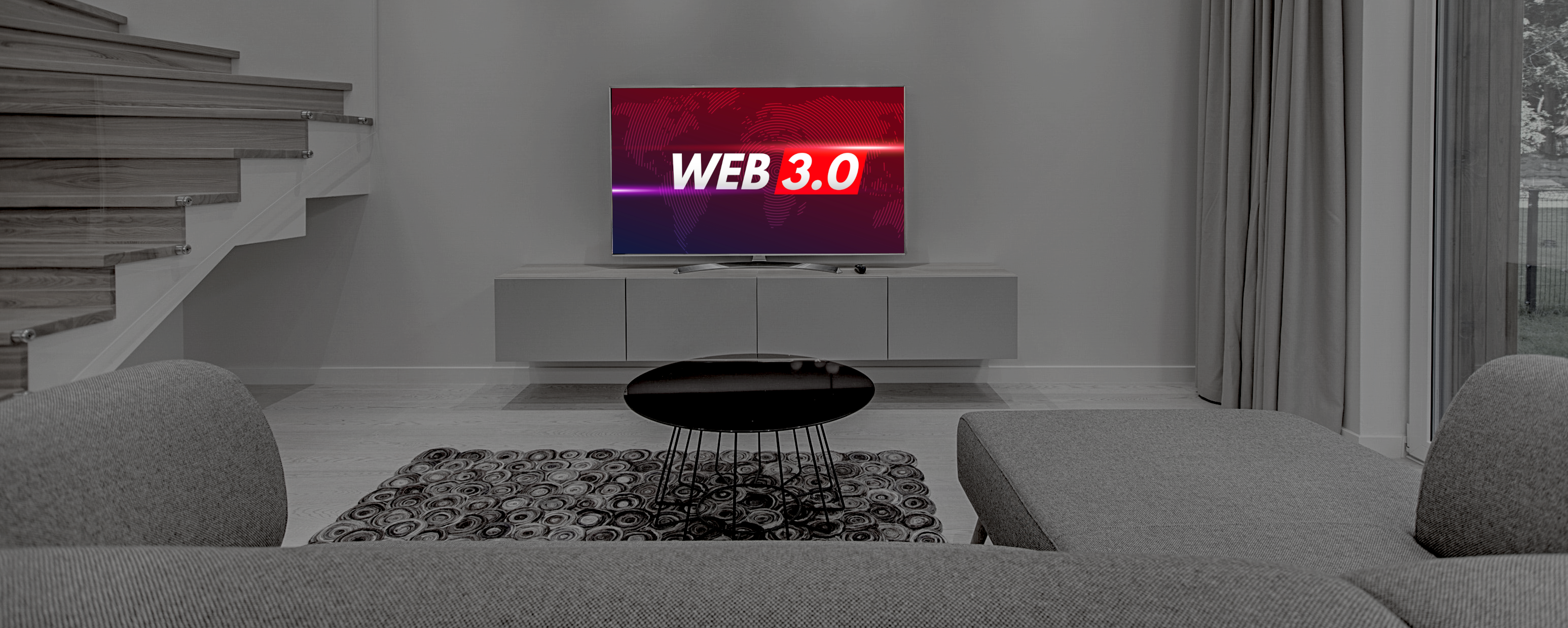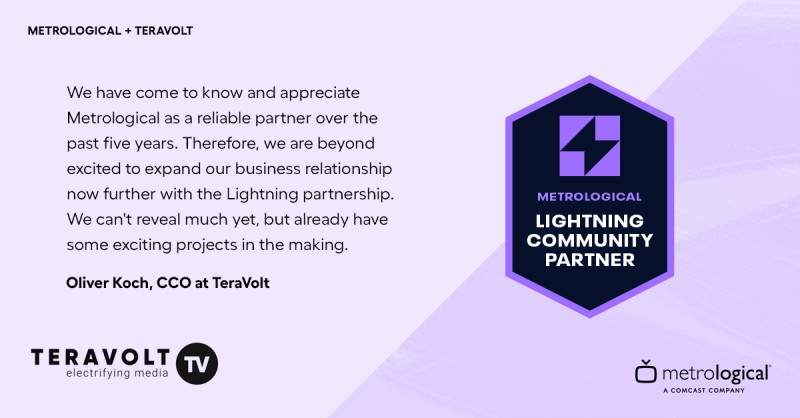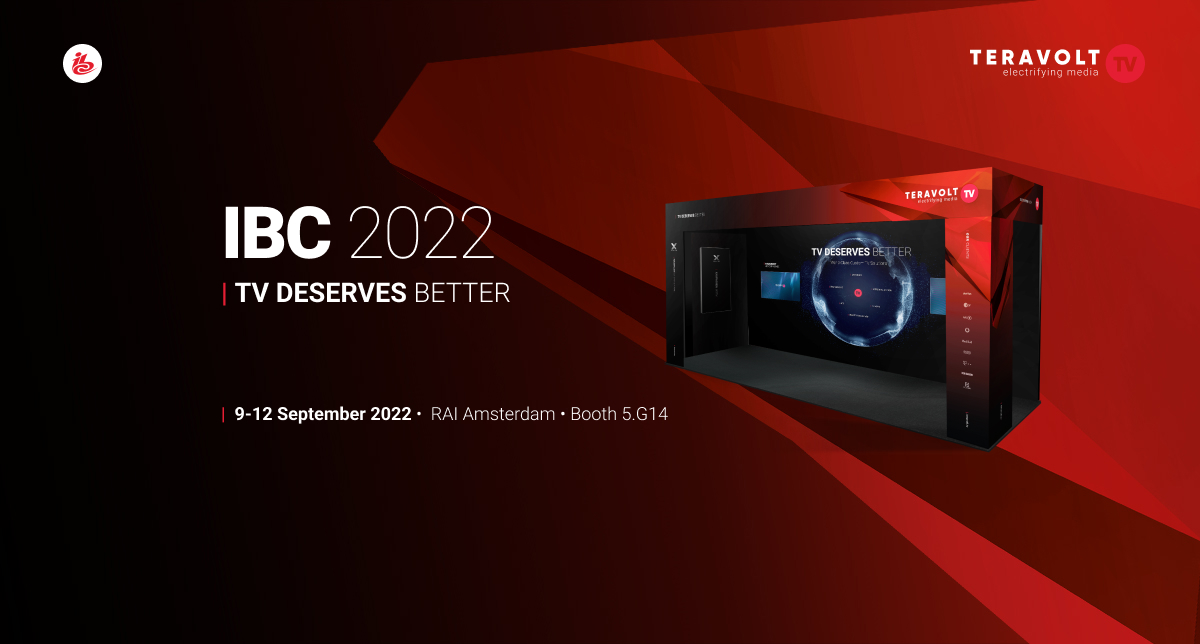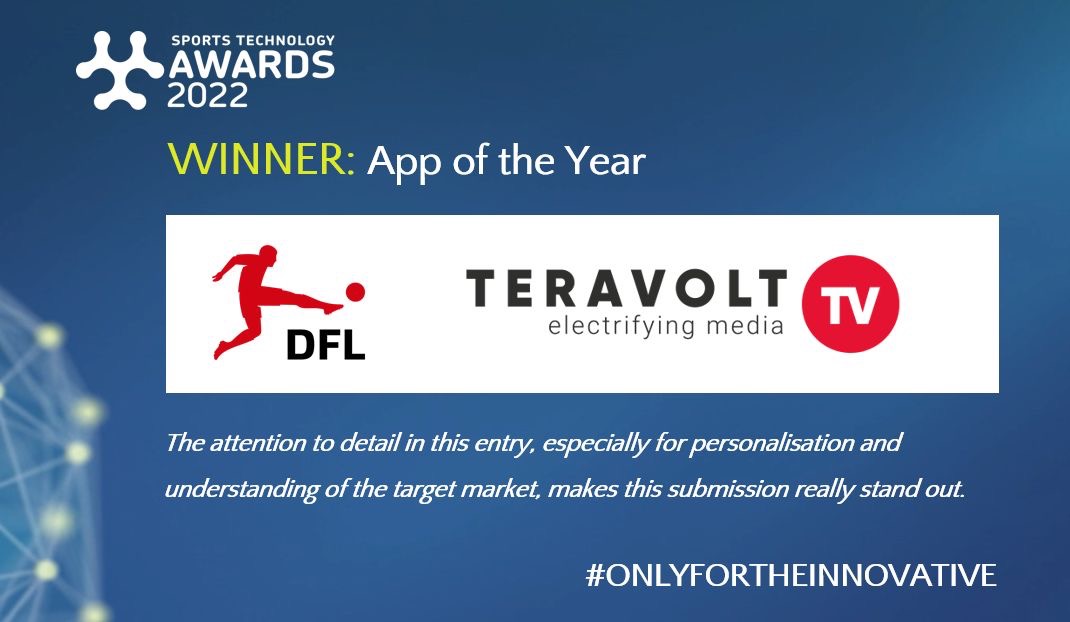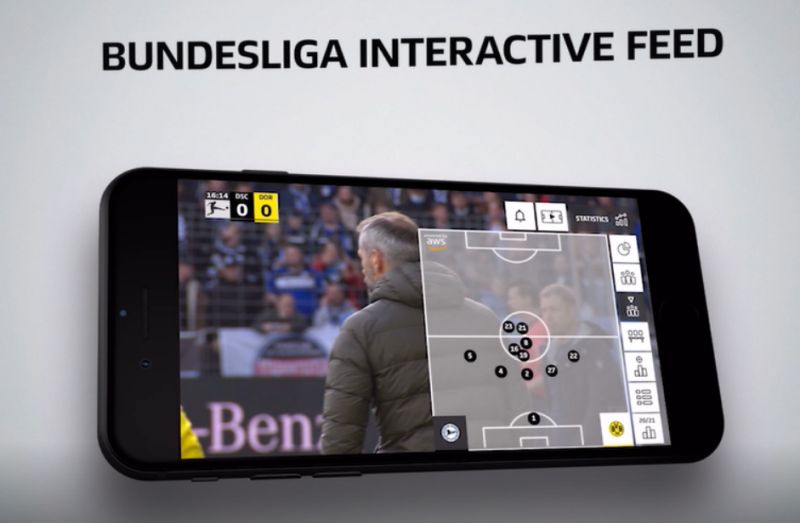Comment – With Web3 TV, the next level of the digital transformation of TV is on the horizon – providing the next big opportunity for TV platforms and content owners (10 min. to read).
In August 1967, Foreign Minister Willy Brandt symbolically pressed the red button, officially launching color television in Germany. It took a full 17 years for the next revolution to take place on the screen. On January 2, 1984, another red button was pressed: this time in Luxembourg, where the private station RTL Plus went on the air for the first time. Both were extreme events for the German TV world and its viewers. However, the biggest TV revolution was still to come at that time.
Television as a bidirectional medium
For many decades, program makers in the executive suites of TV stations determined what content viewers would consume at what time. The only way to determine how well this content was received by the audience was to look at the ratings. They were supposed to be as representative of a cross-section of all viewers as possible. Even the launch of private television in the 1980s did little to change programming concepts, even if more channels ultimately led to more programming diversity. Picture and sound quality improved again dramatically with the introduction of digital reception DVB. But it became really interesting for media companies and viewers with further technological progress. Broadband DSL lines from 1999 and, above all, later cable and fiber-optic connections finally led to a new TV revolution. Streaming opened up completely new perspectives for viewers: Movies, series, documentaries, and now even live sports come into the living room via streaming.
Impact of Web3?
From the first TV pictures in color to streaming, a lot has happened. You could say that the evolution of home entertainment has reached its peak. After all, what could be more democratic than viewers deciding on content themselves? However, many areas of the media industry, such as distribution, identity management, and payment flow, still follow existing patterns, as has been the case for decades. These areas lack the real and lasting disruption that has gripped existing industries. For example, Web3 and blockchain can make banks redundant. Service providers and users have a completely new relationship when "middlemen" are eliminated. This doesn't just affect payment flows – identity and credit checks will also become obsolete overnight, and blockchain has the significant potential to replace all of these services. And even that is just the beginning.
NFTs as the key
One of the most important tools on the web3 are so-called NFTs (non-exchangeable tokens). These are decentralized assets on the blockchain that have a wide range of applications. They became known primarily through the sale of digital art; in 2021 alone, users spent around 25 billion euros on NFTs, focusing not only on art but also on avatars, collectibles, and games. In some cases, collectibles are offered for 50 to 100 ETH. This is not even the true potential of NFTs, because there are also a variety of use cases that can be transferred to the TV and streaming worlds. These could lead to a disruption of the entire industry.
Blockchain for financing
Financing has so far been considered overly complex, especially for startups in the media sector. Blockchain and Web3 could lead to a fundamental paradigm shift here. NFTs, for example, are perfectly suited as a financing instrument. Credit checks, in which a lot of unnecessary data is handed over to credit agencies, are completely eliminated. This offers the possibility of financing special projects more easily via blockchain, with viewers and investors ultimately automatically sharing the proceeds. The principle is roughly equivalent to what is known today as crowdfunding campaigns. One major advantage is that this type of financing can be scaled to very small as well as large projects. NFTs would be equally conceivable as a discount system on the blockchain, which viewers receive as a "reward" for accessing content.
Loyalty programs
Interaction with viewers will play an even greater role on Web3 than it already does. On the blockchain, completely new options are available for "rewarding" viewers for their participation. Via NFTs, a complete ecosystem can be built for a dedicated "fanbase". This includes, for example, game-based loyalty programs for particularly active viewers via "Proof of Presence". So it can be guaranteed that viewers are present at a live event. For the first time, service providers now have the option of specifically integrating users into their own TV ecosystem and also rewarding them individually. This creates a new business field because loyalty programs have so far been found in particular in the "analog world" of stationary and online retail. Here, too, the advantage lies in independence: thanks to Web3, TV or streaming providers can decide for themselves on the design of such a loyalty program. The principle is "watch to earn," and viewers receive direct crypto payments when they watch certain content.
Identity and rights
Content providers have a vested interest in offering viewers the widest possible range of content. Pay-TV providers such as Sky want to give their customers access to Netflix, DAZN, or even Paramount+ at the same time. However, the synchronization of logins and authorizations on different platforms is considered technically difficult to realize. Here, too, blockchain and Web3 offer alternative solutions. For example, a crypto wallet could be linked to various services, and customers of Sky would then receive an NFT token and have the option to "redeem" it at DAZN. The technical merging thus no longer runs on the service provider's platform itself, but ultimately in the customer's crypto wallet.
Data protection
Numerous services on the web2 are based on trading with personal data. Well known for this are large US platforms such as Google, Facebook, and Twitter. Streaming platforms also collect data for marketing purposes. On Web3, it is possible to retrieve only the data that is required for a specific purpose of use. For example, if streaming content is to be accessible only to viewers of legal age, the corresponding verification can be retrieved via the blockchain. The decisive factor is that the user regains sovereignty over their own data on the web3 and decides who has access to it. Unlimited access by service providers for marketing purposes would therefore no longer be possible, nor would it be necessary. This can be seen in the practice of verification via an ID card. Here, the service provider gains access to various data characteristics, such as name, date of birth, gender, and place of residence. However, this is unnecessary if, for example, only the verification of the age of majority is necessary.
Untapped potential
Based on the aforementioned examples, Web3 undoubtedly offers a great deal of development potential for the entire TV and media industry. However, it is problematic that opportunities for sustainable development have not been seized in advance. This is already evident in the transition between Web1 and Web2. The TV industry still lacks interaction and the potential to create value within established business models. The platform economy from 2004 onward focused in particular on dynamic content, user interaction via social networks, and a new business model of exploiting the user or his data as a product. The focus is also on the creator economy with platforms such as YouTube, Instagram, Twitch, and TikTok.
Seizing the opportunities of Web3
The TV industry has already missed out on Web2 because experience shows that the creator economy takes place on American social media platforms. Here, the market potential was around 100 billion US dollars. This makes it all the more important now that opportunities and potential from Web3 are seized. The TV industry still has plenty of talent, financial resources, an organizational framework, and intellectual property to adapt to new circumstances. Greater opportunities clearly lie in audience retention and new forms of financing away from advertising. These make it possible for the first time to also finance creative content projects that do not only correspond to the advertising-relevant "mainstream target group". This also opens up new perspectives for private television in competition with public offerings.
Conclusion
Historically, television had a good standing for a long time, because it did not have to compete. The emergence of private television in the 1980s did not change this much at first. However, the rapid development of the Internet has clearly shown that flexibility is essential for the industry. There are opportunities for new business models, which are becoming increasingly important in times of dwindling advertising revenues or a generally difficult global economic situation. Audience integration is important in several respects. For example, Web3 not only offers more opportunities to engage viewers with content in mind but also to finance it. However, the long-term success of blockchain technologies also depends heavily on the acceptance of cryptocurrencies. There have been setbacks here, especially in the past, which have led to a loss of trust in many respects. In addition, all further technological developments must be designed in such a way that they are as easily accessible as possible for viewers or users. However, it is precisely in this area that there are still deficits, at least currently. Blockchain applications are still primarily aimed at users who have the corresponding technical know-how. It is therefore also up to the TV industry to further optimize this technology and adapt it to user needs. These are the most important approaches for making Web3 applications suitable for the masses.
Sounds exciting? Then you can find more information about our services here.

Looking forward to your thoughts on this.
t.kuenkel@teravolt.tv
